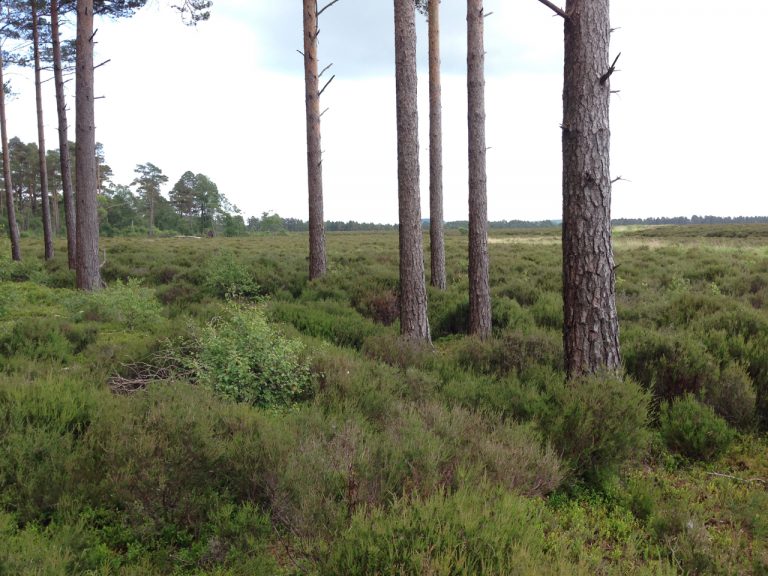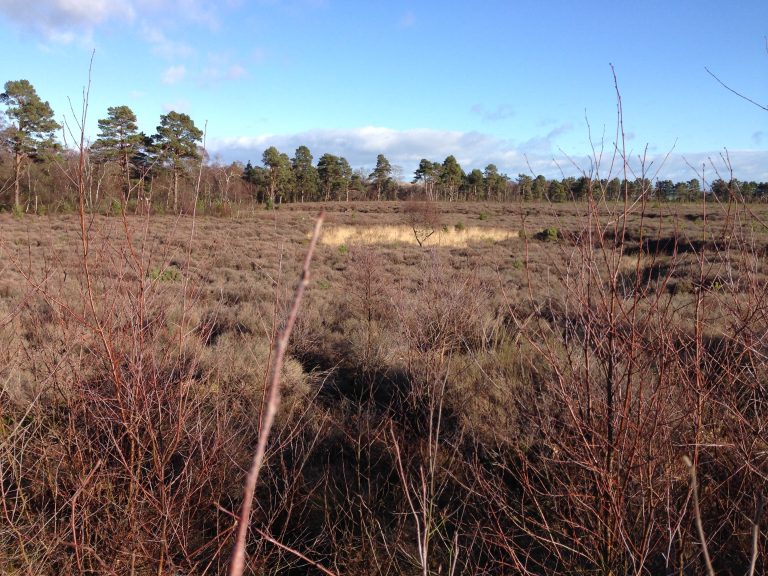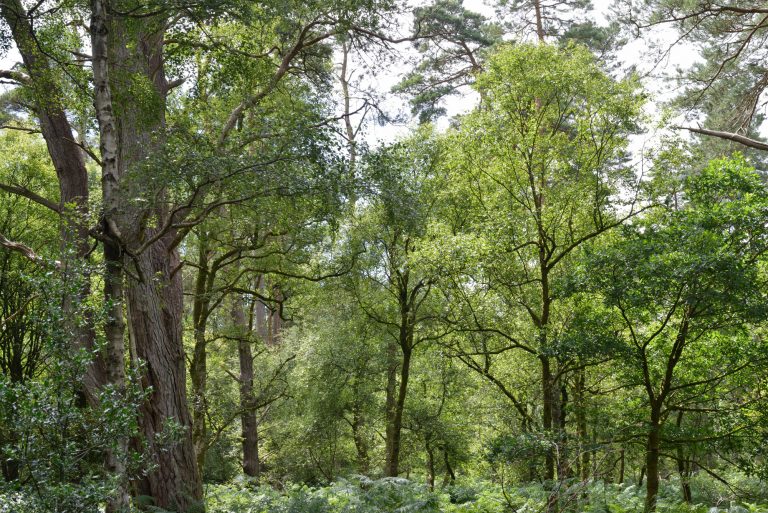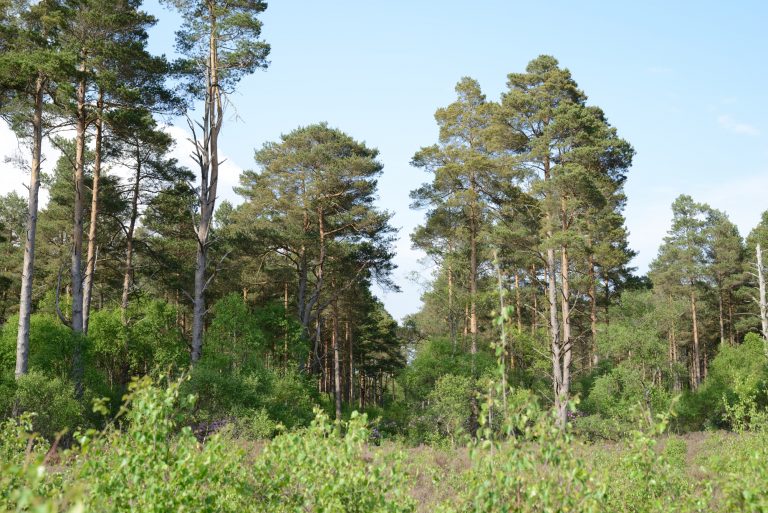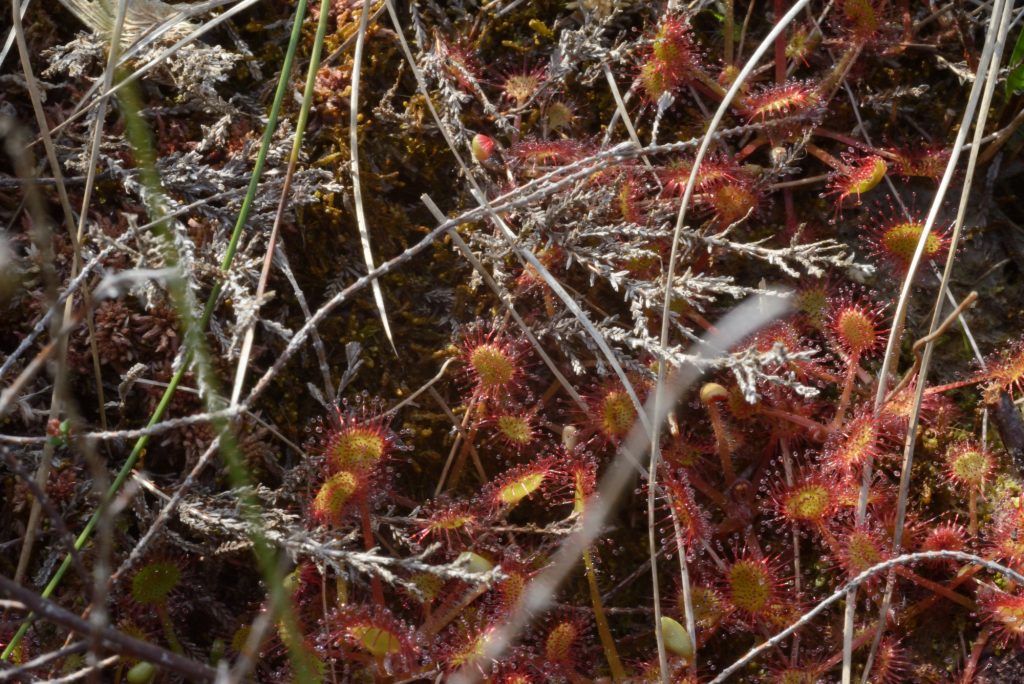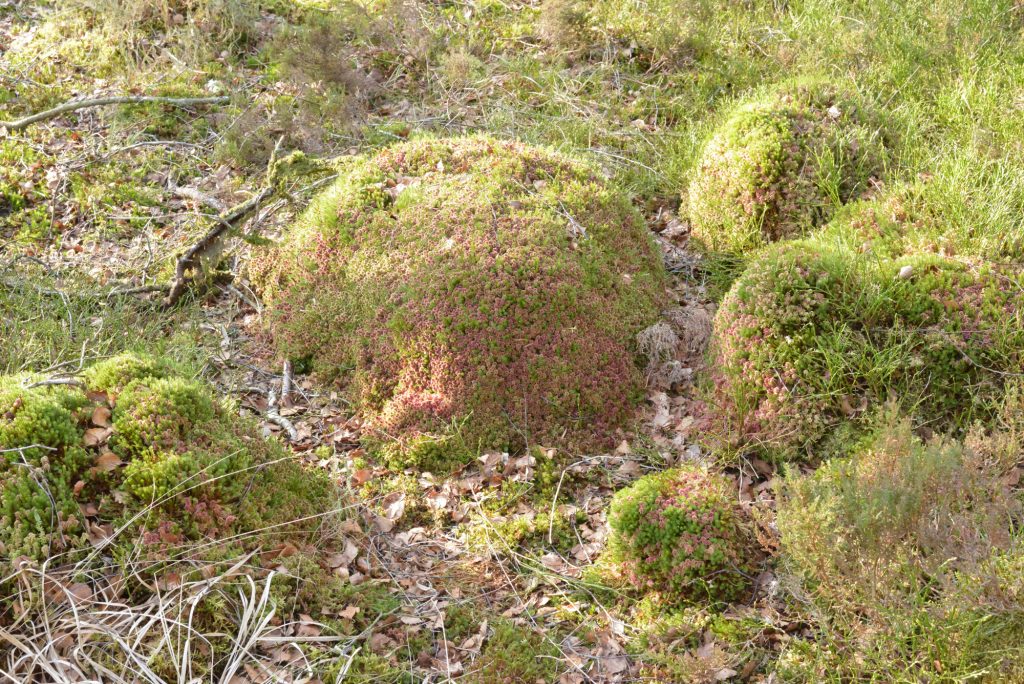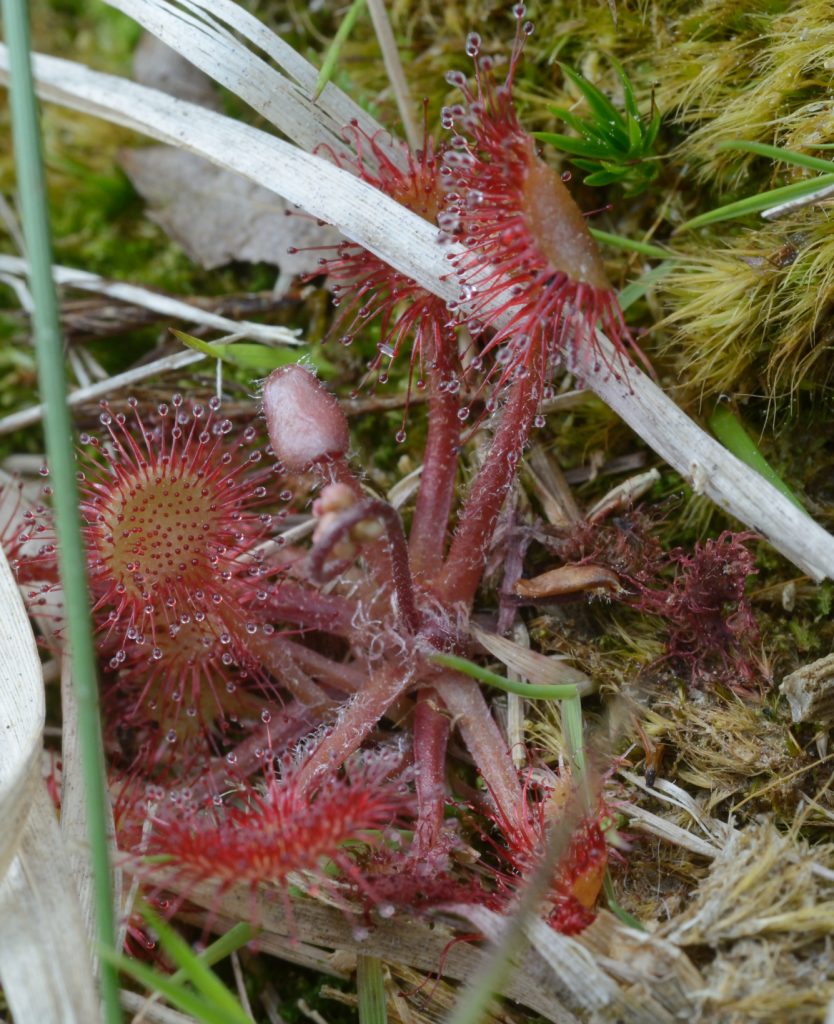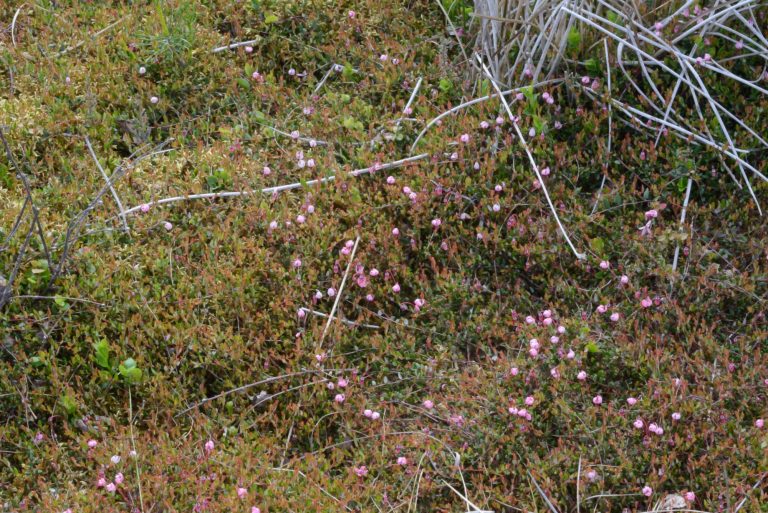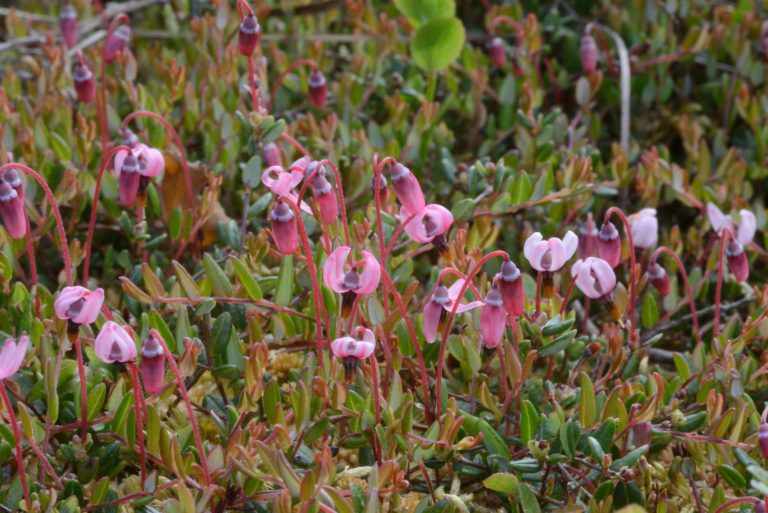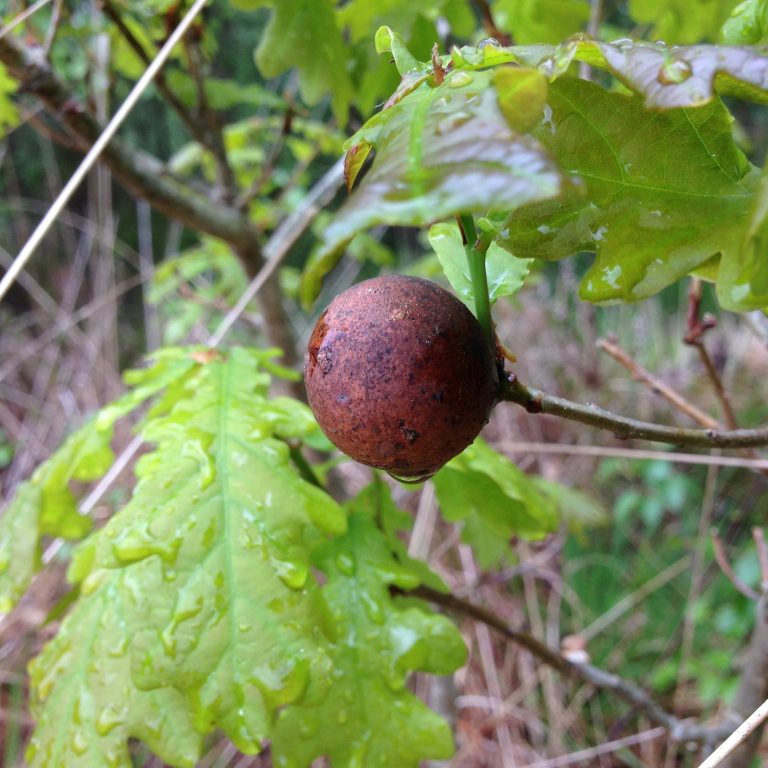Kirkconnell Flow
Bog surface in June with cottongrass looking towards the woodland fringe
KIRKCONNELL FLOW | KIRKCONNELL AVENUE | NEW ABBEY | DG2 8HD | NX966702
Kirkconnell Flow is an internationally important and highly threatened estuarine raised bog habitat, which makes up part of the Solway Mosses North Special Area of Conservation (SAC), Natura 2000 network (UK0012907) and lies within the Nith Estuary National Scenic Area (NSA). It is a Site of Special Scientific Interest (SSSI), and the site was declared a National Nature Reserve (NNR) in 1959.
Kirkconnell Flow is a low altitude estuarine raised bog, lying within the floodplain of the Nith. Estuarine bogs are interesting because they have been both subject to freshwater riverine flooding (when rivers overflow their capacity for example during ice melt or heavy rain) and marine water estuarine flooding (when estuaries overflow their capacity during sea storms, high winds and high tide). This results in a complex basal hydrology where sediment from both events are held within the lower peat layers of the bog.

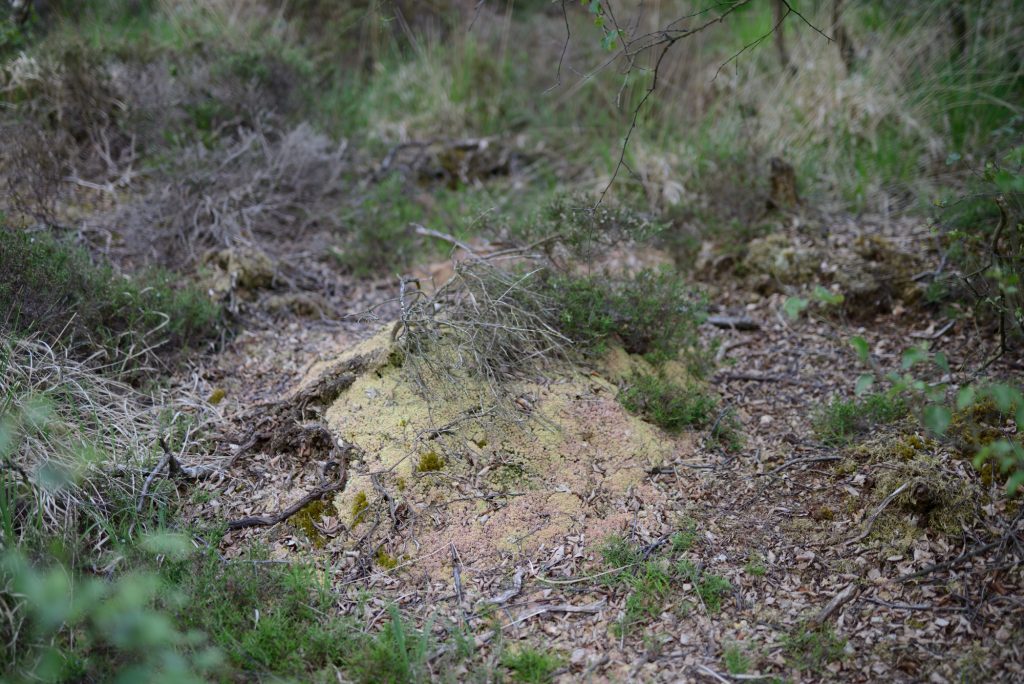
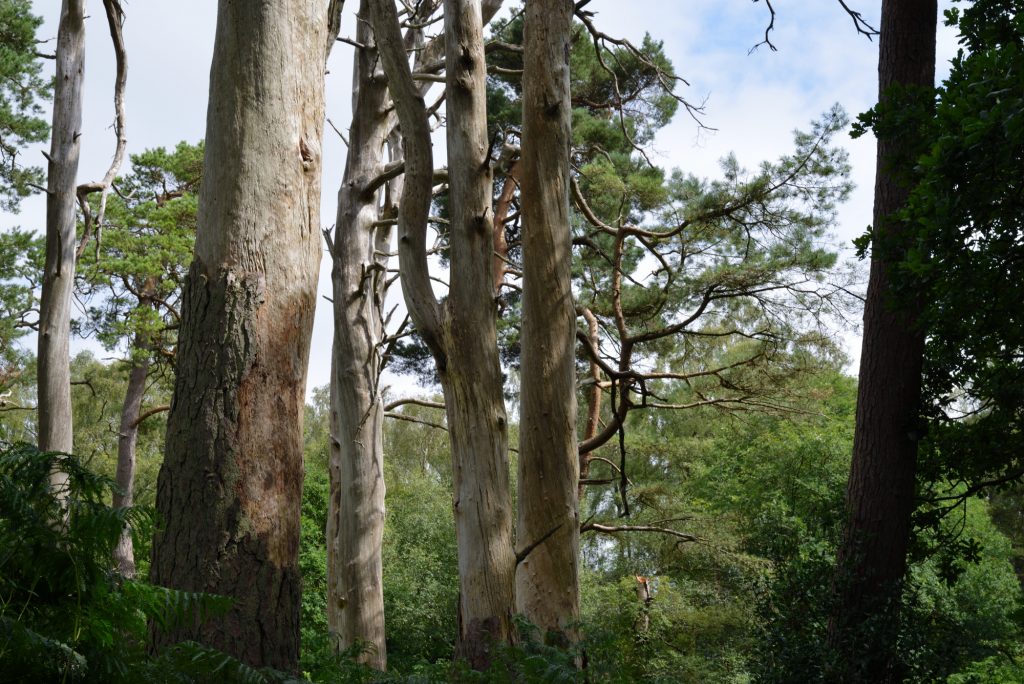
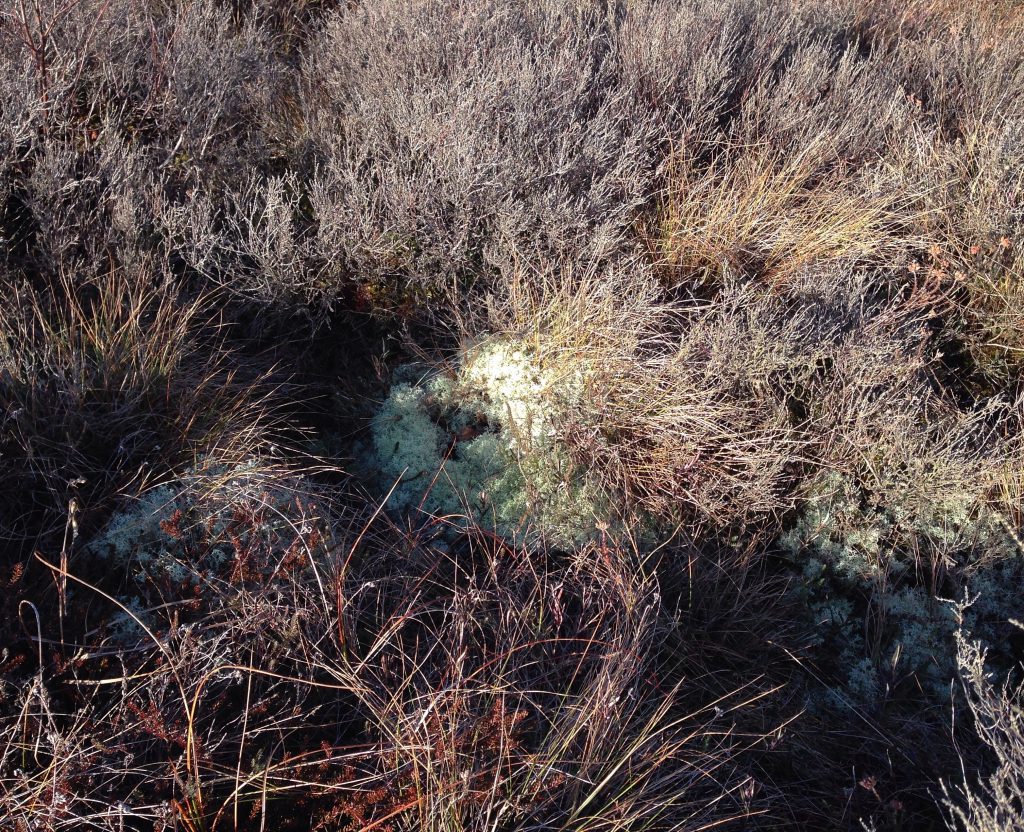
Over the last 200 years mires have been degraded by human activity and impact such as peat cutting, drainage and forestry. This has a number of implications from lowering water levels which has encouraged afforestation and colonisation of the bog surface, to the release of carbon stores into the atmosphere. These habitats are also unique nutrient poor ecosystems hosting a variety of rare flora and fauna and merit conservation for a number of environmental reasons.
In the case of Kirkconnell Flow, peat cutting and drainage has reduced the raised peat dome in size, leaving some active peat forming areas, and some degraded areas where drier conditions have allowed encroaching trees such as Scots pines to establish and altered the plant species that are thriving, for example favouring heather and sedge over Sphagnum moss. It is the second largest raised bog in South Scotland, about a third of which is still active. Both active raised bogs (7110) and degraded raised bogs still capable of natural regeneration (7120) fall under target EU legislation for nature protection and biodiversity under Habitats Directive 92/43 – Conservation of natural habitats and of wild fauna and flora.
In 1998 the reserve was bought by Scottish Natural Heritage (SNH) and a project to restore the hydrology of the site was implemented; raising the water table by blocking drains and clearing trees. However on 18th May 2018 it was de-declared and is no longer a National Nature Reserve. This poses very serious questions and debate as to what a Nature reserve is for, and what conservation protections exist that are based on merit alone, and not influenced by how much people can benefit from them. This is a very important point to raise awareness about and to stimulate discussion about what is worth protecting and in what way, and who it now falls upon to protect it. This reserve is considered grade 1 and has received substantial funding through EU EC LIFE funds and projects (LIFE00 NAT/UK/007078). The project was undertaken by the ‘Scottish Raised Bog Partnership’, a partnership between Forest Enterprise (Forestry Commission Scotland), Scottish Natural Heritage and the Scottish Wildlife Trust, at a cost of €2,139,262.00 with a EU contribution of €1,458,977.00.

